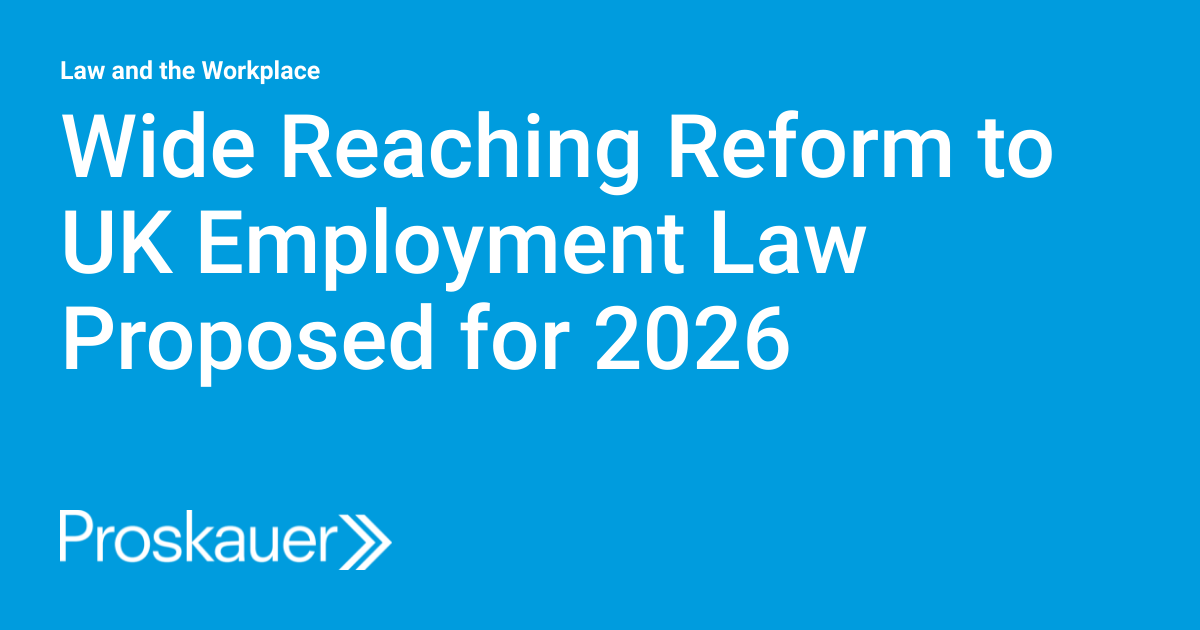From March 29, regardless of whether there is a deal or no deal, British drivers will most probably require a Green Card in order to drive in the European Union (EU). Venson Automotive Solutions urges businesses to ensure that employees planning to take their company car abroad have the right paperwork, as simply having a UK driving licence won’t cover the legal requirements once Britain leaves the EU.
After 29 March, things will change for UK drivers heading out on EU roads and businesses need to make sure they are ready. In the event of no deal, it is likely that drivers will not be allowed entry to the EU, except Ireland, if their passport is within six months of expiry. This is the norm for the rest of the world, so drivers need to check their expiry date.
In addition, drivers may need extra paperwork to legally drive in the EU. It is expected that any travel into Europe by car or bike will require a motor insurance Green Card. This will replace the current European Certificate of Insurance, which allow UK citizens to travel under one simple certificate. Crucially, for businesses, drivers of leased and rented vehicles need to get a VE103B certificate from their hire or leasing company before taking a vehicle overseas. This documentation is essential to prove that the driver has permission to drive the vehicle.
Simon Staton, Director of Client Management at Venson Automotive Solutions explains, “Under the Brexit deal drafted at the end of 2018, visa-free travel should continue as it currently stands, until the end of the transition period. But in the event of a no-deal, businesses need to make sure they are fully aware of what arrangements need to be made before their drivers get on the road in European countries.”
Motorists may also be required to purchase an International Driving Permit (IDP) to be able to drive legally on European roads post-Brexit. There are two different types of IDP used in the EU, depending on the country being driven in, so businesses need to make sure drivers are prepared.
“Drivers need to consider a range of different issues, when it comes to driving abroad post-Brexit says Simon Staton. Hundreds of towns and cities in Europe now have environmental or Low Emission Zones, which means a UK driver needs to know their vehicle meets a range of emissions levels. It’s vital that motorists who plan to drive their company vehicle abroad at any point stay on the right side of the law.”
VENSON’S EUROPEAN MOTORING CHECK LIST
- If you’re taking your company car to Europe contact your fleet manager or fleet management company to check whether you need an authority to travel form, a VE103B. Processing of the form typically takes 2 weeks.
- Check your passport to ensure it is not within 6-months of the expiry date. If it is, it will need to be renewed.
- Check if you need a Green Card. This replaces the current European Certificate of Insurance.
- Even if you regularly drive abroad always check the local rules of the road before you go, as requirements can change. Visit the AA website for detailed advice.
- Check your service schedule and if one is due make sure it’s carried out in advance of your visit to reduce the chance of expensive breakdowns while you're abroad.
- Check all tyres for condition, pressure and tread depth before you go. Most countries have the same requirement as the UK - a minimum tread depth of 1.6mm over the central three-quarters of the tread and around the whole circumference.
- Before setting off on your journey make sure you have valid breakdown cover for Europe.
- Many countries require visiting motorists to carry a safety bag. Check the AA website for country advice before you go.
















